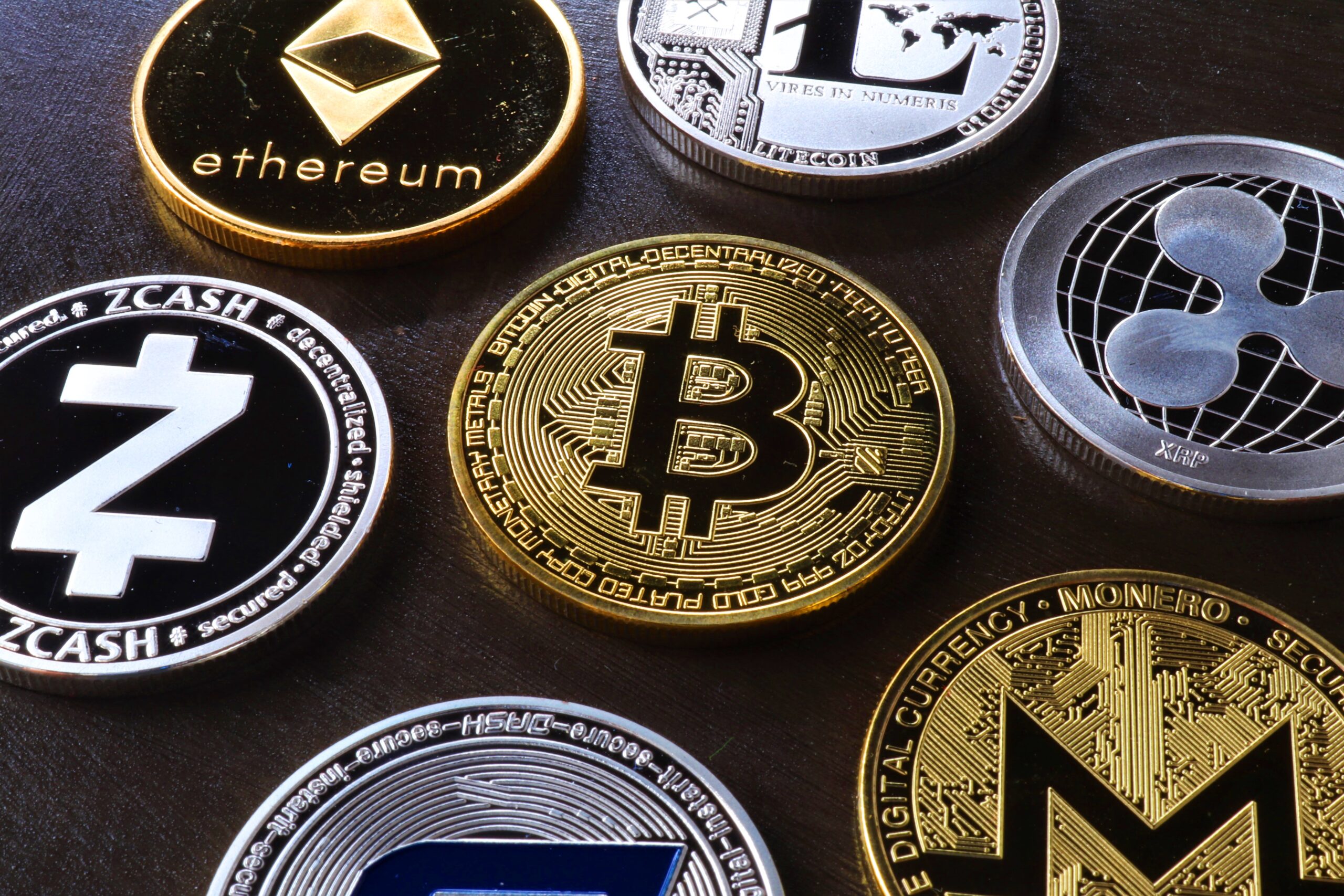All Contents
Contents
Understanding how to alternate overseas currencies requires targeted expertise about the economies and political conditions of man or woman countries, global macroeconomics, and the influence of volatility on specific markets. But the truth is, it isn’t normally economics or global finance that outing up first-time foreign exchange traders. Instead, a simple lack of know-how on how to use leverage is often at the root of buying and selling losses. Data disclosed by using the biggest foreign-exchange brokerages as section of the Dodd-Frank
Why are we focusing on medium-term forex trading rather than long- or short-term strategies? To answer that question, let’s take a look at the following evaluation table: Type of Trader Definition Good Points Bad Points Short-Term (Scalper) A trader who looks to open and close a trade within minutes, often taking advantage of small price movements with a large amount of leverage
The biggest thing influencing the foreign-exchange market is hobby price changes made via any of the eight international central banks. These changes are an indirect response to other financial symptoms observed throughout the month, and they can doubtlessly cross the market immediately and with full force. Because shock fee modifications regularly have the best impact on traders, perception how to predict and react to these unstable strikes can lead to higher profits. Interest Rate Basics Interest rates are vital to day traders in the forex market due to the fact the greater the rate of return, the greater interest is accumulated on currency invested, and the higher the profit. Of course, the
Fibonacci retracements are popular amongst technical traders. They are primarily based on the key numbers recognized by means of mathematician Leonardo Fibonacci in the 13th century. Fibonacci’s sequence of numbers is not as vital as the mathematical relationships, expressed as ratios, between the numbers in the series. In technical analysis, a Fibonacci retracement is created through taking two severe points (usually a peak and a trough)
There is no central vicinity for the foreign exchange market, regularly referred to as the forex (FX) market. Transactions in the overseas change market take area in many specific forms, 24 hours a day, thru exclusive channels all over the globe, and anyplace one foreign money is exchanged for another. The Forex Market The overseas trade market is regarded one of the most exciting fast-paced monetary markets. Historically, the overseas exchange market has been on hand only to massive institutions, central banks, and the wealthy. However, on line trading platforms have opened up the
What Is a White Candlestick? A white candlestick depicts a period where the security’s price has closed at a higher level than where it had opened. A candlestick will show the security’s open, high, low, and close for the user-specified time period. Candlestick charts are convenient for technical traders because
What Is a Red Candlestick? A red filled candle is common and occurs when the close is below the open and prior close. A hollow red candle is when the close is below the prior close, but above the open. Charting platforms may differ in how they draw candlesticks; some
The forex market is the biggest monetary market in the world. Trading in the foreign exchange is no longer executed at one central place but is conducted between individuals with the aid of smartphone and electronic conversation networks (ECNs) in a range of markets around the world. The market is open 24 hours a day in special parts of the world, from 5 p.m. EST on Sunday till four p.m. EST on Friday. At any factor in time, there is at least one market
Get Rich Quick Advertising has unexpectedly accelerated the retail market in forex. This has introduced many humans into the arena who are on a quest to get wealthy speedy (or with little effort). This lamentably is very rare indeed. Trading takes staying power and there is no remaining destination. Traders do no longer make some money and then stroll away; as an alternative they make change after trade, even if there is time gaps in between. Therefore trading required consistency, not a gambling-throw-it-all-at a-couple-trades
New traders often wonder which time frames to watch while day trading stocks. Do you use tick charts and a five-minute chart for context, or is it better to use a one-minute chart instead? Is a 15-minute or hourly chart more effective at monitoring major support or resistance levels created over the
Recent Posts
Recent Comments
- Cacey Taylor on Forex vs Stock Trading
- A WordPress Commenter on Hello world!
- John Doe on Which is the Best PC for Photo Editing?
- John Doe on Giant Cruise Ships
- John Doe on 50 Most Beautiful Places in the World
Categories
- Articles/FAQ
- Blockchain
- Cash/Voucher/Card based
- Commodity
- Credit Card
- Cryptocurrency
- cyber security
- Digitization
- e-Payment
- e-Wallet
- Fintech
- Forex
- Fraud
- hacking
- High risk
- Investment
- Mobile Payment
- News
- Payment Gateway
- Scam
- Security
- Shipping Methods
- Stock
- Technology
- Travel
- Troubleshooting
- Uncategorized
Latest Posts
- January 22, 2021
- January 22, 2021
- January 22, 2021
- January 12, 2021
- January 12, 2021
Newsletter

